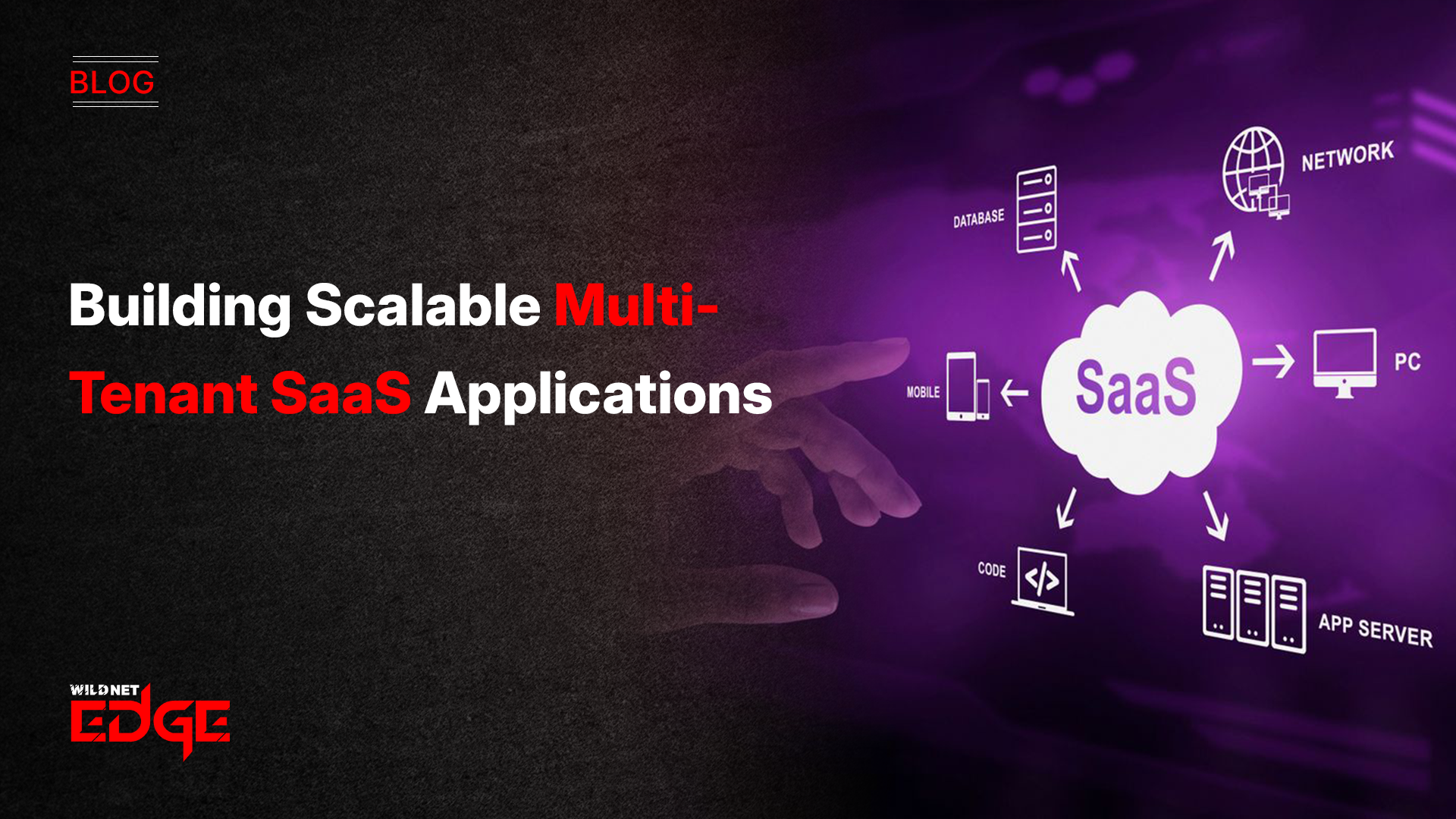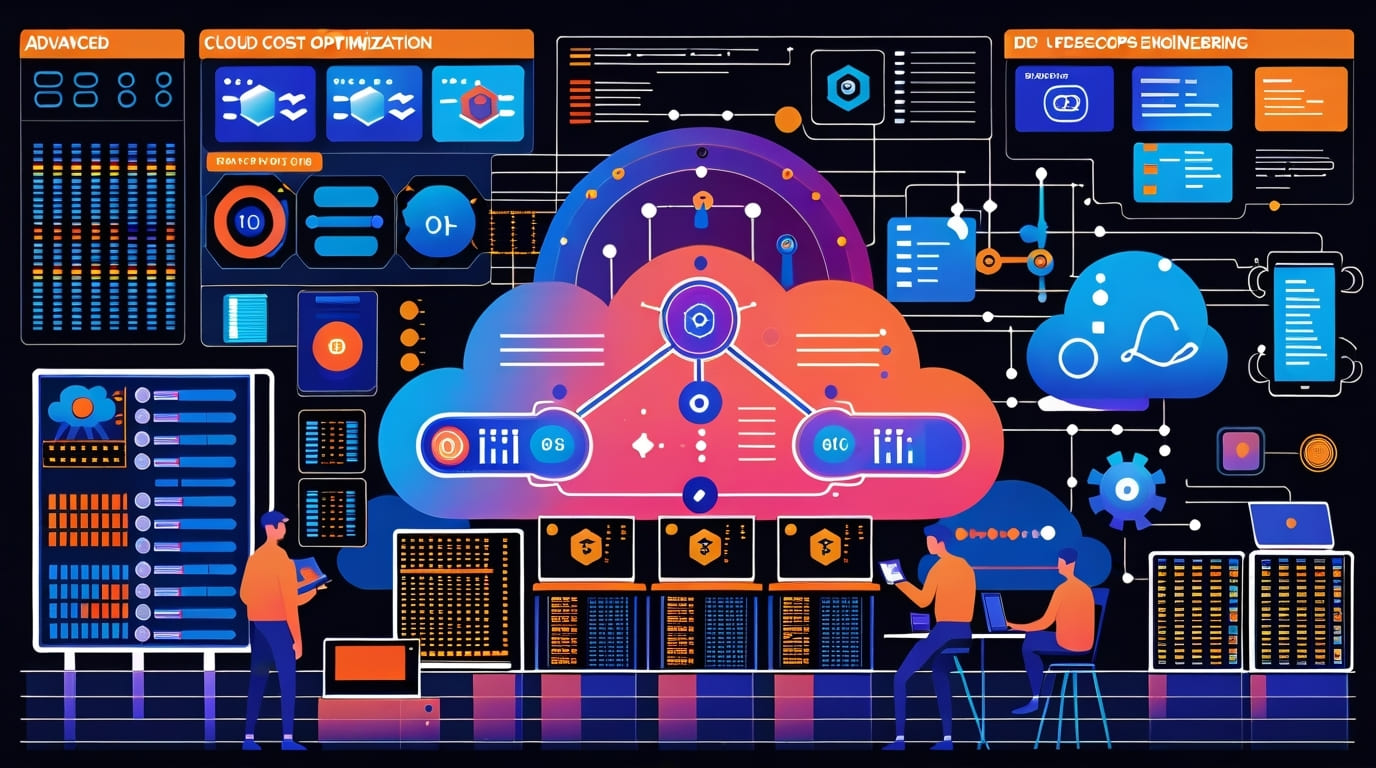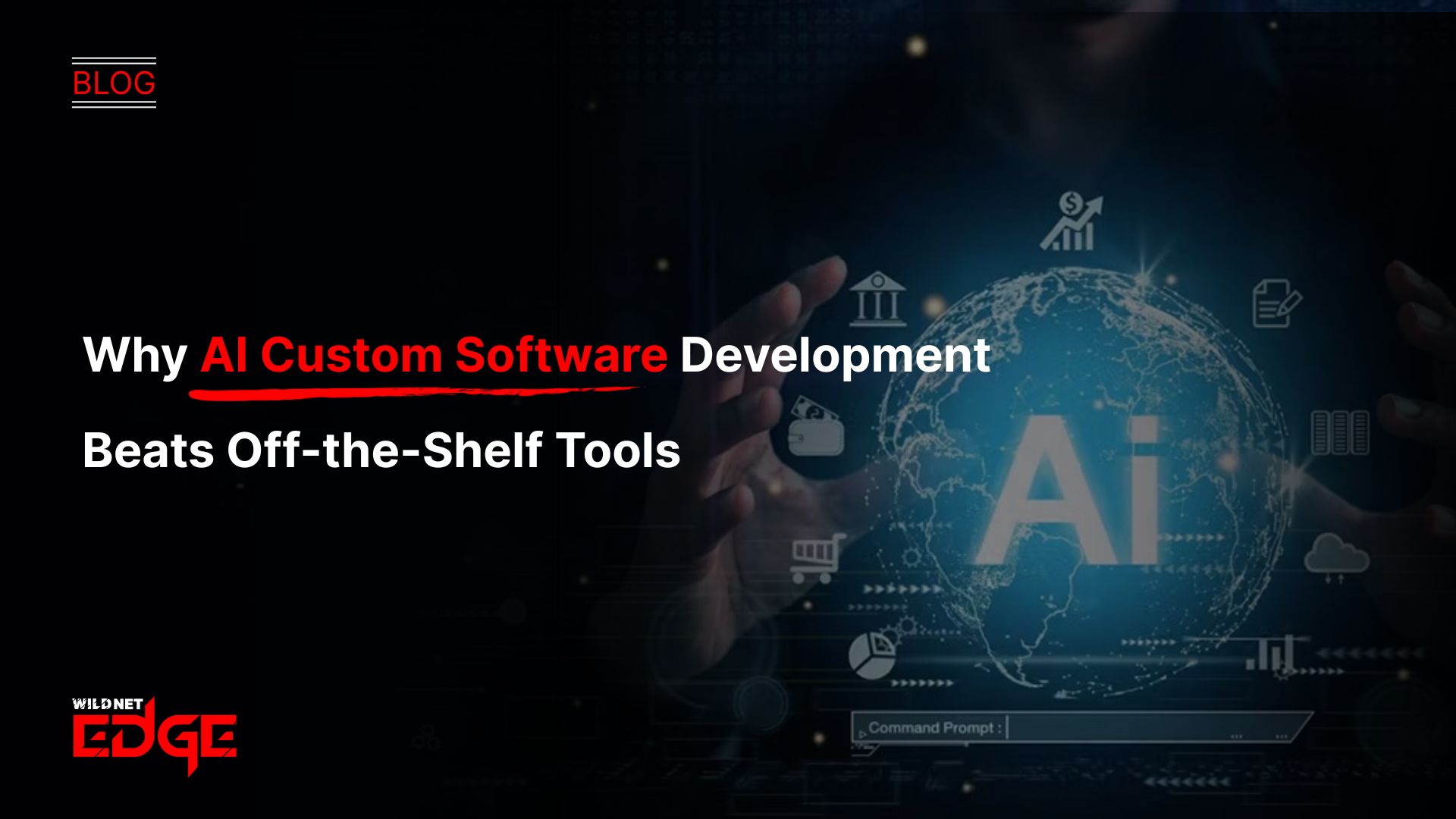Struggling to scale your SaaS product while keeping data secure and organized? You’re not alone. Building a Multi-Tenant SaaS architecture that can manage growth without compromising tenant isolation or database integrity is one of the biggest challenges developers and product teams face today. As your customer base grows, so does the complexity of managing and segregating tenant data, handling performance bottlenecks, and ensuring compliance—all without breaking the bank or sacrificing agility.
In this guide, we’ll break down the essentials of creating scalable Multi-Tenant SaaS applications so you can deliver performance, security, and flexibility—all at once. You’ll learn practical strategies for database design, tenant isolation, performance optimization, and discover emerging trends that will future-proof your SaaS.
Database Design Strategies for Multi-Tenant SaaS
One of the foundational pillars of any scalable Multi-Tenant SaaS application is a robust database design strategy. Designing for multiple tenants requires balancing scalability, security, ease of maintenance, and cost-efficiency. Choosing an inappropriate database design pattern can lead to data leaks, complicated migrations, or performance degradation as your tenant count grows.
Single Database, Shared Schema
This design pattern stores all tenants’ data in a single database with shared tables differentiated by a tenant identifier column.
- Pros:
- Simplifies deployment and maintenance with only one database instance.
- Cost-effective at scale because infrastructure resources are shared.
- Easier to optimize queries across multiple tenants.
- Cons:
- Risk of cross-tenant data exposure if tenant identifiers are not handled meticulously.
- Scaling can become challenging with a massive number of tenants.
- Limited flexibility per tenant for schema customizations.
Single Database, Separate Schemas
Here, each tenant has its own schema within a single database instance. The schema isolates tenant objects (tables, views) while sharing the same database engine.
- Pros:
- Better tenant isolation at the database layer compared to shared schema.
- Allows some schema-level customization per tenant.
- Easier backup and restore at the schema level.
- Cons:
- Complexity increases with many tenants as the number of schemas multiplies.
- Potential performance overhead managing multiple schemas.
- Still shares the same hardware resources, limiting fault isolation.
Multiple Databases (One Per Tenant)
A dedicated database instance or cluster per tenant offers physical separation of data.
- Pros:
- Strongest tenant isolation; minimizes risk of data leaks.
- Highly customizable databases per tenant (indexes, extensions, settings).
- Ideal for tenants with strict compliance or regulatory requirements.
- Cons:
- Highest operational overhead and cost, especially for hundreds or thousands of tenants.
- Complex database lifecycle management (provisioning, backups, updates).
- More difficult to scale infrastructure automatically.
Optimizing Database Queries for Tenant Data Segregation
Regardless of which design you choose, optimizing queries for tenant data segregation is critical:
- Always use parameterized queries or prepared statements that include tenant identifiers to prevent leaks.
- Employ database-level row-level security where supported (e.g., PostgreSQL RLS) to enforce tenant boundaries.
- Index tenant identifier columns to speed up filters and joins.
- Use partition tables with tenant IDs as partition keys to improve query performance in shared data models.
The right database design acts as the backbone for a scalable Multi-Tenant SaaS, balancing operational complexity, performance, and security.
Tenant Isolation Best Practices
Effective tenant isolation is essential not only for security but also for compliance and tenant confidence. It ensures that one tenant’s data and operations remain completely independent from others in a shared SaaS environment.
Logical vs. Physical Tenant Isolation
- Logical Isolation:
Achieved by using application logic and database structures (shared schema or shared database with segregation by tenant identifiers). It relies heavily on software controls and strict access policies. - Physical Isolation:
Enforced by separation at the infrastructure level, such as isolated databases or dedicated VM/container environments, hardening the risk of cross-tenant interference.
Most SaaS applications combine both methods using logical isolation for cost efficiency, supplemented by physical isolation for high-risk tenants.
Role-Based Access Control (RBAC) and Permission Models
Implementing granular RBAC internally enforces isolation beyond just data access:
- Define roles and permissions that strictly govern tenant users’ capabilities.
- Apply least privilege principles to limit access rights.
- Utilize OAuth or OpenID Connect to authenticate and authorize tenant users consistently.
- Audit permission changes and access logs regularly to detect anomalies.
Data Encryption and Secure Communication Between Tenants
Encrypt sensitive tenant data both at rest and in transit:
- Use Transparent Data Encryption (TDE) for databases.
- Enable TLS/SSL for all service communications.
- Encrypt backups and archived data.
This prevents unauthorized data exposure, especially critical in shared infrastructure.
Monitoring and Preventing Cross-Tenant Data Leaks
Proactive monitoring is key:
- Set up real-time anomaly detection using AI tools that flag unusual cross-tenant access patterns.
- Regularly conduct penetration testing and security audits focusing on multi-tenancy risks.
- Log and review database queries to detect attempts to access unauthorized tenant data.
Using tools like AWS GuardDuty, Azure Sentinel, or Google Chronicle can help SaaS providers continuously monitor tenant data separation.
Performance Optimization Techniques
Performance bottlenecks can cripple growth in Multi-Tenant SaaS applications. Ensuring responsive, reliable service while tenants multiply requires smart engineering beyond database design.
Caching Strategies Tailored to Tenant Data
- Cache tenant-specific data close to the application layer or use distributed caches like Redis or Memcached.
- Implement cache key design that concatenates tenant IDs to prevent data pollution across tenants.
- Use cache invalidation policies that recognize tenant operations to keep data fresh.
For example, a customer profile cache keyed by tenantId:userId prevents leaks and optimizes response times.
Load Balancing and Resource Allocation Per Tenant
- Use intelligent load balancers (like NGINX or AWS ALB) that route requests based on tenant metadata.
- Employ resource quotas or throttle tenant usage to prevent noisy neighbors from affecting overall performance.
- Consider weighted load balancing or rate limiting based on tenant SLA tiers.
Autoscaling Infrastructure Considerations
- Use container orchestration platforms such as Kubernetes with Horizontal Pod Autoscalers to dynamically scale tenant workloads.
- Leverage serverless functions (e.g., AWS Lambda, Azure Functions) for burst traffic per tenant without provisioning excess capacity.
- Employ Infrastructure-as-Code (IaC) tools such as Terraform or Pulumi to automate scaling policies efficiently.
Database Indexing and Partitioning for Tenant Performance
- Create tenant-specific indexes focusing on common query patterns to speed retrieval.
- Use table partitioning with tenant identifiers to reduce scan overhead.
- Maintain statistics and regularly analyze query plans to detect and fix slow tenant queries.
These tactics contribute to a frictionless tenant experience and prepare your SaaS for rapid organic growth.
Emerging Trends and Advanced Tactics in Multi-Tenant SaaS
Anticipating future needs is critical for sustainable SaaS growth. Here are some 2025-relevant trends and advanced tactics transforming Multi-Tenant SaaS:
Leveraging Microservices for Tenant Isolation
- Microservices architecture divides your application into loosely-coupled services, enabling isolation of tenant-specific functionality.
- Each microservice can enforce tenant rules and operate independently, limiting blast radius in case of faults.
- Microservices facilitate independent scaling of hot paths serving high-demand tenants.
Using Serverless and Containerization for Dynamic Scaling
- Serverless platforms offer event-driven, cost-effective scaling without the burden of infrastructure management.
- Containers packaged with tenant-specific configurations can be dynamically orchestrated for isolation and resilience.
- Technologies like Knative and AWS Fargate integrate serverless with containers for hybrid scaling models.
AI-Driven Monitoring and Anomaly Detection for Tenant Activity
- AI-powered tools analyze usage patterns to detect security threats, performance degradations, or billing anomalies per tenant.
- Tools like Datadog, New Relic One, and Splunk AI accelerate incident response and tenant support.
Compliance Trends Affecting Multi-Tenant SaaS (GDPR, HIPAA)
- Regulations such as GDPR and HIPAA impose strict controls on data handling, access logging, encryption, and breach notification.
- Compliance mandates influence your database design and tenant isolation choices—often necessitating physical isolation or special access logs.
- SaaS providers must embed compliance controls into CI/CD pipelines and monitoring systems to remain audit-ready.
By embracing these advanced tactics, your SaaS can stay competitive, secure, and scalable through 2025 and beyond.
Conclusion
Building scalable Multi-Tenant SaaS applications demands careful planning in database design and tenant isolation to ensure performance, security, and long-term growth. From selecting the right data architecture to enforcing strict tenant boundaries and optimizing for performance, every decision impacts your ability to scale efficiently.
Partnering with experts like WildnetEdge can accelerate your journey. Their trusted solutions simplify complex multi-tenancy challenges, ensure compliance, and optimize infrastructure so you can focus on delivering value to your customers.
Ready to elevate your SaaS architecture? Connect with WildnetEdge today and transform your multi-tenant challenges into competitive advantages that fuel growth.
FAQs
Q1: What are the best database design patterns for multi-tenant SaaS applications?
The most common patterns include shared schema, separate schemas within a single database, and separate databases per tenant. The choice depends on scalability needs, security requirements, and management complexity.
Q2: How does tenant isolation improve security in multi-tenant SaaS?
Tenant isolation prevents data leaks and unauthorized access by separating tenant data logically or physically, ensuring one tenant’s data cannot be accessed by another.
Q3: What techniques ensure scalable performance in a multi-tenant SaaS environment?
Techniques include database indexing, caching per tenant, load balancing, autoscaling infrastructure, and partitioning to efficiently handle tenant workloads.
Q4: Can microservices architecture help with tenant isolation in SaaS?
Yes, microservices can isolate tenant functionality by service boundaries, reducing risks of cross-tenant interference and improving scalability.
Q5: How important is compliance in multi-tenant SaaS database design?
Compliance with standards like GDPR and HIPAA is critical, influencing how tenant data is stored, accessed, encrypted, and isolated to meet legal requirements.

Nitin Agarwal is a veteran in custom software development. He is fascinated by how software can turn ideas into real-world solutions. With extensive experience designing scalable and efficient systems, he focuses on creating software that delivers tangible results. Nitin enjoys exploring emerging technologies, taking on challenging projects, and mentoring teams to bring ideas to life. He believes that good software is not just about code; it’s about understanding problems and creating value for users. For him, great software combines thoughtful design, clever engineering, and a clear understanding of the problems it’s meant to solve.
 sales@wildnetedge.com
sales@wildnetedge.com +1 (212) 901 8616
+1 (212) 901 8616 +1 (437) 225-7733
+1 (437) 225-7733































